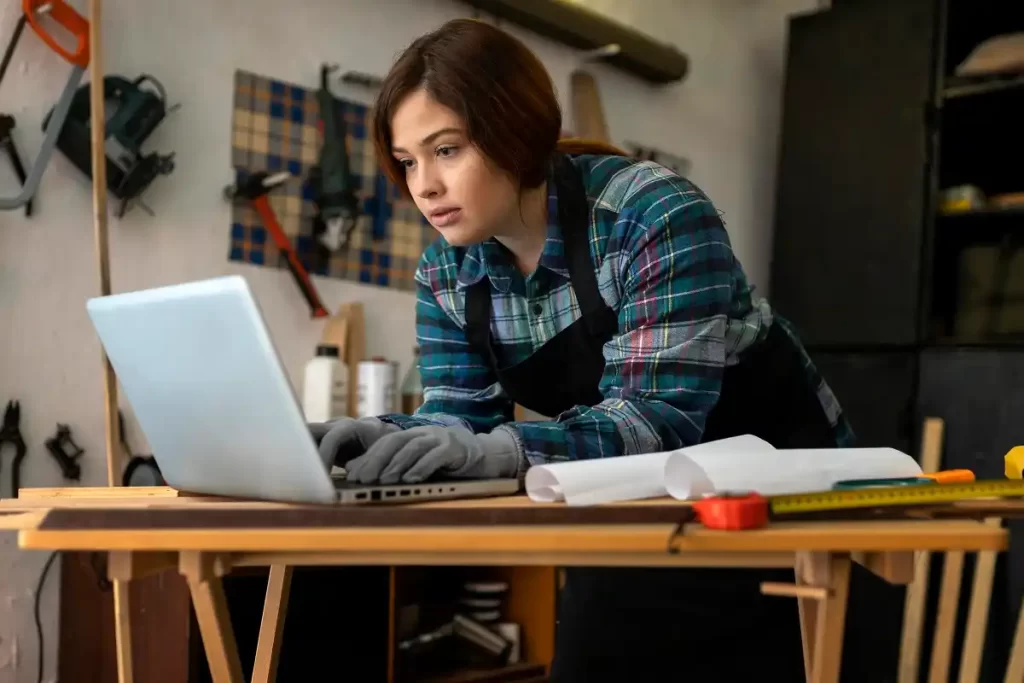Creating your own natural soap at home is a rewarding and creative process. It allows you to control the ingredients, ensuring a product that’s gentle on your skin and free of harsh chemicals.
In this guide, we’ll walk you through the basics of soap making, from gathering materials to the final product.
Why Make Your Own Soap?
- Control Over Ingredients: Choose natural and organic ingredients tailored to your skin type.
- Customization: Personalize scents, colors, and shapes to your liking.
- Cost-Effective: Save money by making high-quality soap at home.
- Eco-Friendly: Reduce plastic waste by using minimal packaging and natural ingredients.
Materials You’ll Need
- Base Oils: Olive oil, coconut oil, and palm oil are common choices.
- Lye (Sodium Hydroxide): Essential for the saponification process. Handle with care.
- Distilled Water: To mix with lye.
- Essential Oils: For fragrance (e.g., lavender, peppermint, eucalyptus).
- Additives: Natural colorants (e.g., turmeric, cocoa powder) and exfoliants (e.g., oatmeal, dried herbs).
- Soap Mold: Silicone molds work best for easy removal.
- Safety Gear: Gloves, goggles, and a long-sleeved shirt to protect from lye burns.
- Mixing Tools: Heatproof containers, a digital scale, a stick blender, and a thermometer.
Soap Ingredients
- 16 oz olive oil
- 8 oz coconut oil
- 8 oz palm oil
- 4.8 oz lye (sodium hydroxide)
- 11 oz distilled water
- 1 oz essential oil (optional for fragrance)
Let’s Make Some Soap
1. Preparation
- Ensure your workspace is clean and well-ventilated.
- Put on safety gear (gloves, goggles, long-sleeved shirt).
2. Mixing the Lye Solution
Carefully add the lye to the distilled water (never the other way around) and stir until dissolved. This mixture will heat up and emit fumes, so do this in a well-ventilated area or under a fume hood. Let it cool to around 100°F.
Get Your Hands Dirty: Outdoor DIY Projects for Every Skill Level
3. Heating the Oils
In a large heatproof container, combine the base oils. Heat gently until all oils are melted and the mixture reaches around 100°F.
4. Combining Lye and Oils
When both the lye solution and oils are at about 100°F, slowly pour the lye solution into the oils. Use a stick blender to mix until you reach “trace” – when the mixture thickens to a pudding-like consistency.
5. Adding Fragrance and Additives
Once trace is achieved, add essential oils and any desired additives (colorants, exfoliants) and mix thoroughly.
6. Pouring into Molds
Pour the mixture into your soap molds, smoothing the top with a spatula. Tap the molds gently on the counter to release air bubbles.
7. Curing
Cover the molds with a towel and let them sit in a cool, dry place for 24-48 hours. Once the soap is firm enough, unmold and cut into bars.
Allow the bars to cure for 4-6 weeks in a well-ventilated area. Turn them occasionally to expose all sides to air.
DIY Made Easy: Learn New Skills, Save Money, Create Projects
Safety Tips
- Handle Lye Carefully: Lye is caustic and can cause burns. Always add lye to water, not the other way around.
- Protective Gear: Wear gloves, goggles, and long sleeves to protect your skin and eyes.
- Ventilation: Ensure good airflow when mixing lye and water.
Wrapping Up
Making homemade soap is a fun and rewarding hobby that allows you to create personalized, natural products. By following this guide, you can craft beautiful, skin-friendly soaps tailored to your preferences.
Happy soap making!


